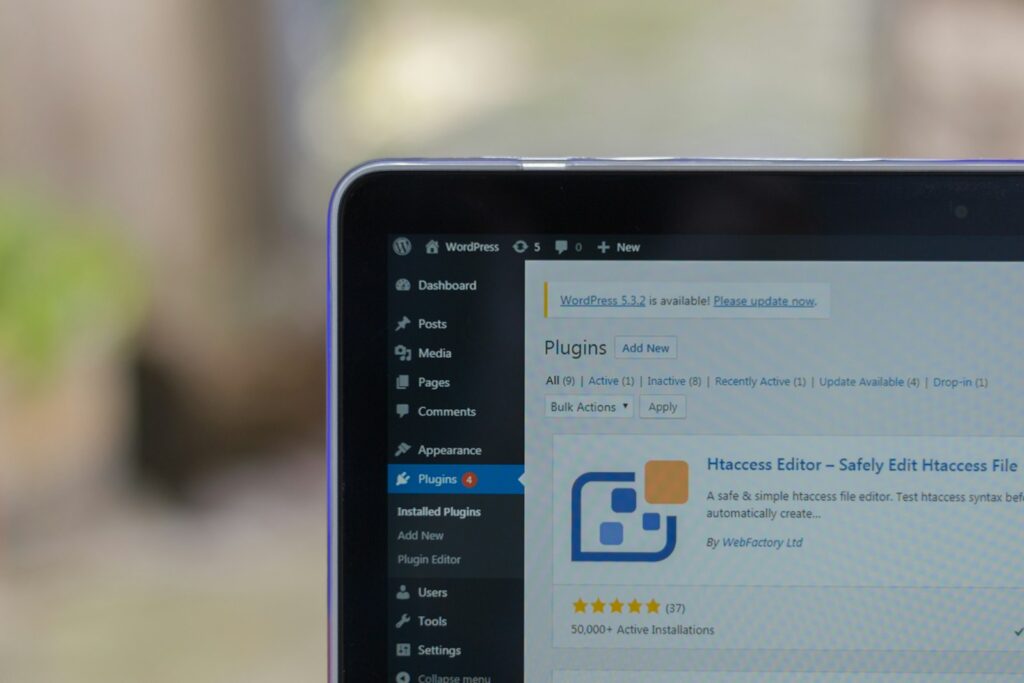Top 7 Web Development Best Practices for Faster and Scalable Websites
Building a website that not only looks good but also performs well is essential in today’s digital landscape. Fast-loading and scalable websites are vital for enhancing user experience, improving SEO rankings, and increasing conversion rates. Whether you’re a seasoned developer or just starting, implementing best practices can help you create robust websites that meet user demands and adapt to growing traffic. Here are the top seven web development best practices to consider for faster and more scalable websites. 1. Optimize Images and Media Images are often the heaviest elements on a webpage, and unoptimized images can significantly slow down load times. To ensure your website loads quickly, compress images without sacrificing quality. Tools like TinyPNG or ImageOptim can help reduce file sizes while maintaining visual fidelity. Additionally, consider using modern formats like WebP, which offer better compression rates than traditional formats like JPEG and PNG. Implement lazy loading for images and videos so that media files only load as users scroll down the page. This technique can dramatically improve initial loading times, providing a smoother user experience. 2. Minify and Bundle Assets Minification is the process of removing unnecessary characters from code, such as whitespace and comments, to reduce file sizes. Minifying CSS, JavaScript, and HTML files can help decrease the overall load time of your website. Additionally, bundling these files reduces the number of HTTP requests made by the browser, further enhancing performance. There are various tools and plugins available that can automate the minification and bundling processes. Using build tools like Webpack, Gulp, or Grunt can streamline this task and ensure your assets are optimized every time you deploy updates. 3. Leverage Content Delivery Networks (CDNs) A Content Delivery Network (CDN) is a network of servers distributed across different locations, designed to deliver web content quickly and efficiently. By caching your website’s static assets on servers closer to your users, CDNs reduce latency and enhance load times. Implementing a CDN not only improves website speed but also increases scalability during traffic spikes. Popular CDN providers like Cloudflare, Akamai, and Amazon CloudFront offer various features that can help you optimize content delivery based on user locations. 4. Implement Responsive Design With an increasing number of users accessing websites via mobile devices, having a responsive design is no longer optional. Responsive design ensures that your website adapts seamlessly to different screen sizes, providing an optimal viewing experience for users on desktops, tablets, and smartphones. Using CSS media queries allows you to adjust the layout and styling based on the device’s characteristics. Additionally, responsive design improves SEO, as search engines favor mobile-friendly websites in their rankings. 5. Utilize Caching Strategies Caching is an effective way to improve website performance by storing copies of files or data for quicker access. By implementing caching strategies, you can significantly reduce server load and speed up response times. Consider using browser caching, which allows users’ browsers to store static files, reducing the need to fetch them from the server on subsequent visits. Server-side caching techniques, like object caching or full-page caching, can also enhance performance by delivering pre-rendered pages to users, reducing processing time. 6. Write Clean, Efficient Code Code quality is a critical factor in website performance. Writing clean, efficient code not only improves loading times but also enhances maintainability and scalability. Follow best practices such as using semantic HTML, organizing your CSS with a modular approach, and employing efficient JavaScript techniques. Regularly review and refactor your code to eliminate redundancies and improve efficiency. Tools like ESLint for JavaScript can help identify potential issues and enforce coding standards, making it easier to maintain a clean codebase. 7. Monitor Performance and Analytics Regularly monitoring your website’s performance is crucial for identifying bottlenecks and areas for improvement. Utilize tools like Google PageSpeed Insights, GTmetrix, or WebPageTest to analyze loading times and performance metrics. These tools provide valuable insights and recommendations for optimization. Additionally, integrating analytics platforms like Google Analytics can help you track user behavior, traffic sources, and engagement metrics. By understanding how users interact with your site, you can make informed decisions to enhance performance and user experience. Conclusion Building faster and more scalable websites requires a combination of best practices in web development. By optimizing images, minifying assets, leveraging CDNs, implementing responsive design, utilizing caching strategies, writing clean code, and monitoring performance, you can create websites that not only meet user expectations but also thrive in a competitive digital landscape. Embrace these best practices to enhance your web development projects, ultimately leading to improved user satisfaction and increased conversions. The digital world is ever-evolving, and staying ahead of the curve is essential for long-term success. Whether you’re launching a new site or optimizing an existing one, these strategies will set you on the path to achieving your goals.
Top 7 Web Development Best Practices for Faster and Scalable Websites Read More »





